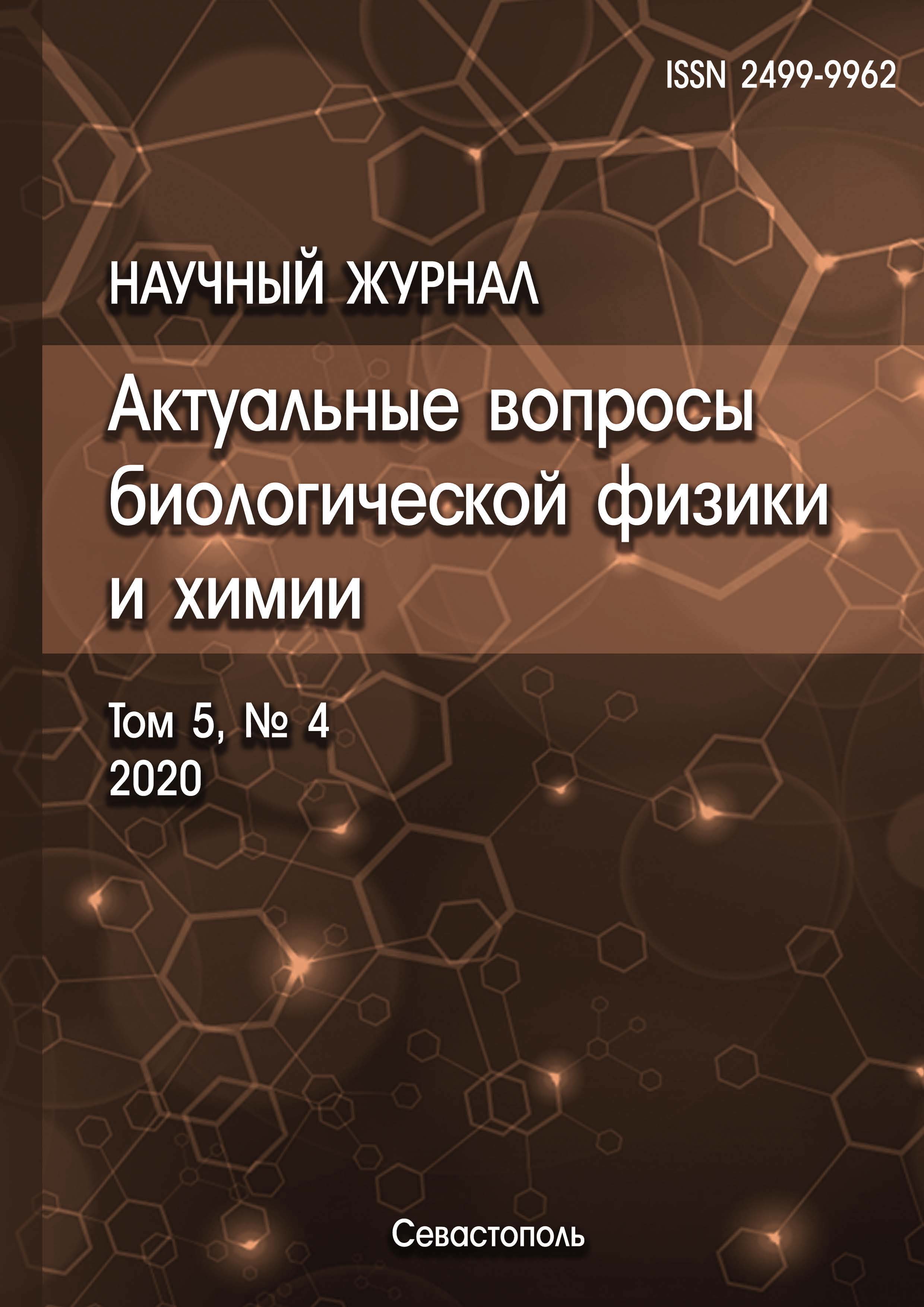Over the past ten years, work in the field of DNA NMR has made it possible to record not only canonical Watson-Crick pairs in DNA, but also non-canonical pairs that exist several milliseconds. It turned out that almost all possible ways to connect nucleotides are realized under physiological conditions in ordinary DNA. Properties of non-canonical GC Base Pairs and their relation with mechanochemical cleavage of DNA are analyzed here. A hypothesis of the involvement of the Transient GC Wobble Base Pairs in the mechanisms of the mechanochemical cleavage of DNA and epigenetic mechanisms with participation of 5-methylcytosine is proposed. The hypothesis explains the increase in the frequency of the breaks of the sugar-phosphate backbone of DNA after cytosine, asymmetric character of these breaks, and an increase in the frequency of breaks in CpG after cytosine methylation . The epigenetic properties of 5-hydroxymethylcytosine, 5-formylcytosine, and N4-methylcytosine are also explained within our hypothesis. There is an idea that regulatory proteins do not recognize the methyl group on the cytosine, but a much larger distortion of the DNA structure caused by the GC Wobble pair. GC Wobble pair allows to explain the increased frequency of cytosine deamination, that is, the high frequency of mutations in regulatory sites.
mechanochemical cleavage of DNA, transient Base Pairs in DNA, Wobble Base Pair, tautomer, 5-methylcytosine, molecular basis of epigenetics
1. Nikolova E.N., Goh G.B., Brooks C.L., Al-Hashimi H.M. Characterizing the Protonation State of Cytosine in Transient G•C Hoogsteen Base Pairs in Duplex DNA. J. Am. Chem. Soc., 2013, vol. 135, no. 6766-6769. DOI:https://doi.org/10.1021/ja400994e.
2. Rangadurai A., Kremser J2., Shi H., Kreutz C., Al-Hashimi H.M. Direct evidence for (G)O6•••H2-N4(C)+ hydrogen bonding in transient G(syn)-C+ and G(syn)-m5C+ Hoogsteen base pairs in duplex DNA from cytosine amino nitrogen off-resonance R1ρ relaxation dispersion measurements. J Magn Reson., 2019, vol. 308, p. 106589.
3. Grohovskiy S.L. Specifichnost' rasschepleniya DNK ul'trazvukom. Molekulyar. Biologiya, 2006, t. 40, s. 317. @@Grokhovskiĭ S.L. The specific cleavage of DNA with ultrasound. Molekuliarnaia biologiia, 2006, vol. 40, pp. 317-325. (In Russ.)
4. Grohovskiy S.L., Il'icheva I.A., Nechipurenko D.Yu., Panchenko L.A., Polozov R.V., Nechipurenko Yu.D. Lokal'nye neodnorodnosti struktury i dinamiki dvuhspiral'noy DNK: issledovanie pri pomoschi ul'trazvuka. Biofizika, 2008, t. 53, s. 417-425. @@Grokhovsky S.L., Il’icheva I.A., Nechipurenko D.Y., Panchenko L.A., Polozov R.V., Nechipurenko Y.D. Ultrasonic cleavage of DNA: quantitative analysis of sequence specificity. Biophysics, 2008, vol. 53, p. 250.
5. Nechipurenko Yu.D., Golovkin M.V., Nechipurenko D.Yu., Il'icheva I.A., Panchenko L.A., Polozov R.V., Grohovskiy S.L. Harakternye osobennosti rasschepleniya DNK ul'trazvukom. Zhurnal strukturnoy himii, 2009, t. 50, s. 1040-1047. @@Nechipurenko Yu.D., Golovkin M.V., Nechipurenko D.Yu., Il’icheva I.A.,. Panchenko L.A, Polozov R.V., Grokhovskii S.L. Characteristics of ultrasonic cleavage of DNA. Journal of Structural Chemistry, 2010, vol. 50, pp. 1007-1013. (In Russ.)
6. Grokhovsky S.L., Il’icheva I.A., Nechipurenko D.Yu., Golovkin M.V., Panchenko L.A., Polozov R.V., Nechipurenko Yu.D. Sequence-Specific Ultrasonic Cleavage of DNA Biophysical Journal, 2011, vol. 100, pp. 117-125.
7. Poptsova M.S., Il'icheva I.A., Nechipurenko D.Y., Panchenko L.A., Khodikov M.V., Oparina N.Y., Polozov R.V., Nechipurenko Y.D., Grokhovsky S.L. Non-random DNA fragmentation in next-generation sequencing. Sci Rep., 2014, vol. 4, p. 4532.
8. Nechipurenko Yu.D., Il'icheva I.A., Abdullaev E.T. Uroshlev L.A., Grohovskiy S.L. Fizicheskie harakteristiki regulyatornyh uchastkov genoma, epigenetika i kancerogenez. Aktual'nye voprosy biologicheskoy fiziki i himii, 2018, t. 3, s. 884-887. @@Nechipurenko Y.D. Il’icheva I.A., Abdullaev E.T., Uroshlev L.A., Grokhovsky S.L. Physico-chemical properties of DNA in regulatory sites of genomes, epigenetics and cancerogenesis Russian Journal of Biological Physics and Chemistry, 2018, vol. 3, pp. 884-887. (In Russ.)
9. Il'icheva I.A., Hodykov M.V., Panchenko L.A., Polozov R.V., Nechipurenko Yu.D. Ul'trazvukovoe rasscheplenie DNK: analiz strukturno-dinamicheskih harakteristik regulyatornyh uchastkov genoma i oshibok sekvenirovaniya. Biofizika, 2020, t. 65, s. 504-511. @@Il’icheva I.A., Khodikov M. V., Panchenko L.A., Polozov R.V., Nechipurenko Yu.D. Ultrasonic DNA Cleavage: Analysis of Conformational-Dynamic Features of Regulatory Regions in the Genome and Sequencing Errors Biophysics, 2020, vol. 65, pp. 504-511. (In Russ.)
10. Uroshlev L.A., Abdullaev E.T., Umarova I.R., Il’icheva I.A., Panchenko L.A., Polozov R.V., Kondrashov F.A., Nechipurenko Y.D., Grokhovsky S.L. A Method for Identification of the Methylation Level of CpG Islands from NGS Data. Sci. Rep., 2020, vol. 10, p. 8635.
11. Semenov D.A. Epigenetic effects of cytosine derivatives are caused by their tautomers in Hoogsteen base pairs. arXiv:1410.6763
12. Churikov N.A., Chernov B.K. Golova Yu.B., Nechipurenko Yu.D. Parallel'nye DNK - vozmozhnost' suschestvovaniya. Doklady Akademii Nauk SSSR, 1988, t. 303, s. 1254-1258. @@Tchurikov N.A., Chernov B.K., Golova Y.B., Nechipurenko Y.D. Parallel DNA-possibility of existence. In Proc. Acad. Sci. USSR, 1988, vol. 303, pp. 1254-1258. (In Russ.)
13. Tchurikov N.A., Chernov B.K., Golova Yu.B., Nechipurenko Yu.D. Parallel DNA: generation of a duplex between two Drosophila sequences in vitro. FEBS Lett., 1989, vol. 257, pp. 415-418. DOI: https://doi.org/10.1016/0014-5793(89)81585-6; EDN: https://elibrary.ru/XOKEWJ
14. Zeraati M., Langley D.B., Schofield P., Moye A.L., Rouet R., Hughes W.E., Christ D. I-motif DNA structures are formed in the nuclei of human cells. Nature chemistry, 2018, vol. 10, pp. 631-637.
15. Semyonov D.A., Nechipurenko Y.D. Non-Canonical GC Base Pairs and Mechanochemical Cleavage of DNA. arXiv:2001.03561
16. Semyonov D.A., Eltsov I.V., Nechipurenko Y.D. A new bias site for epigenetic modifications: How Non-Canonical GC Base Pairs favour Mechanochemical Cleavage of DNA. BioEssay, 2020. DOI:https://doi.org/10.1002/bies.202000051. EDN: https://elibrary.ru/QQHMUR










